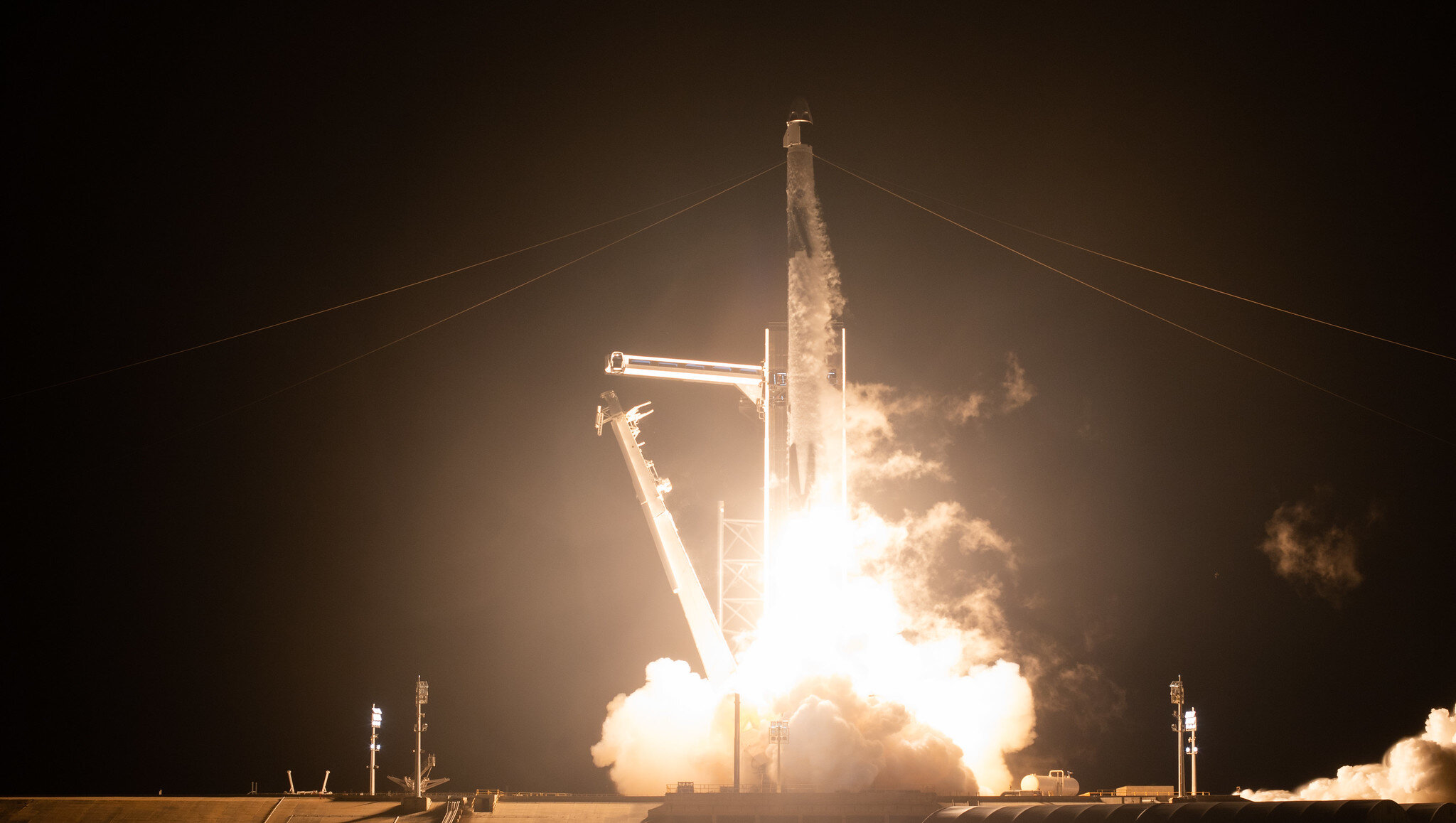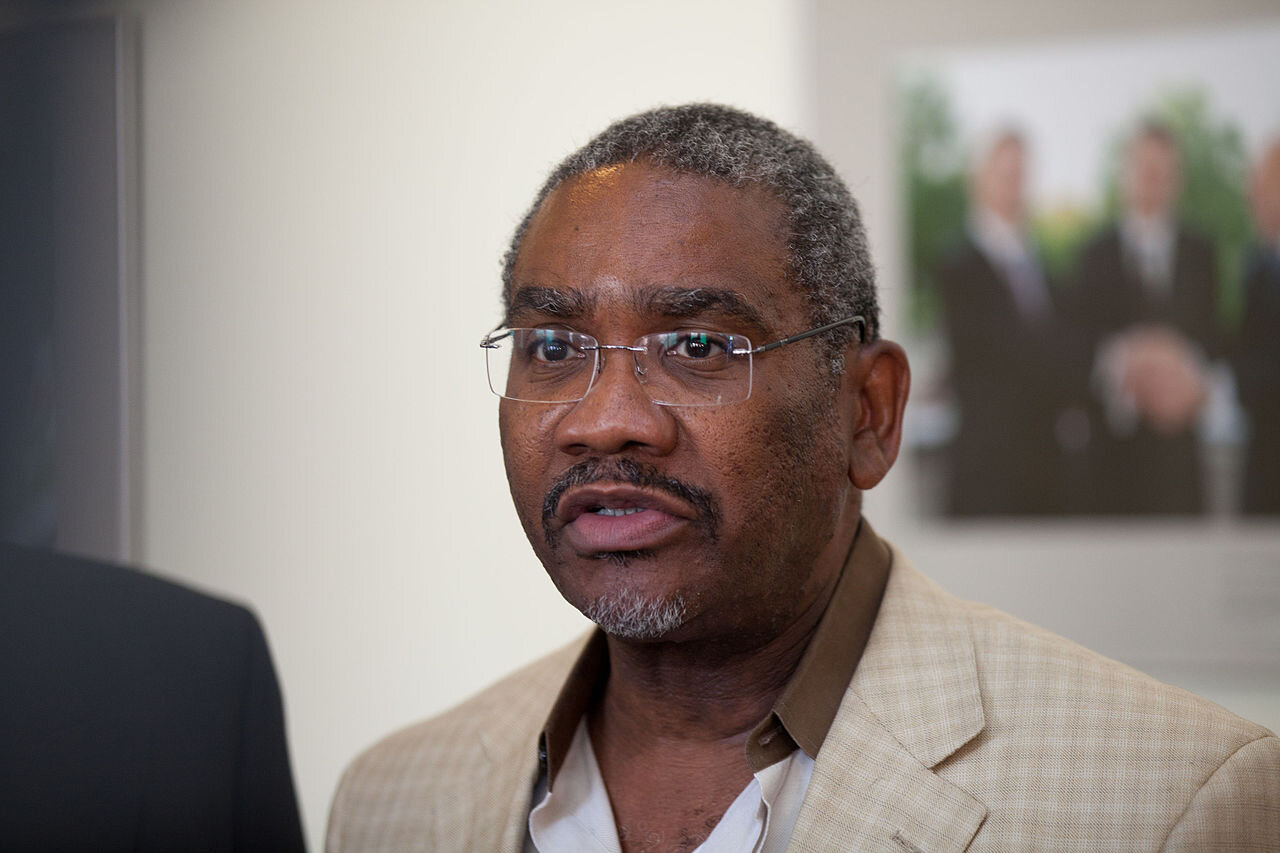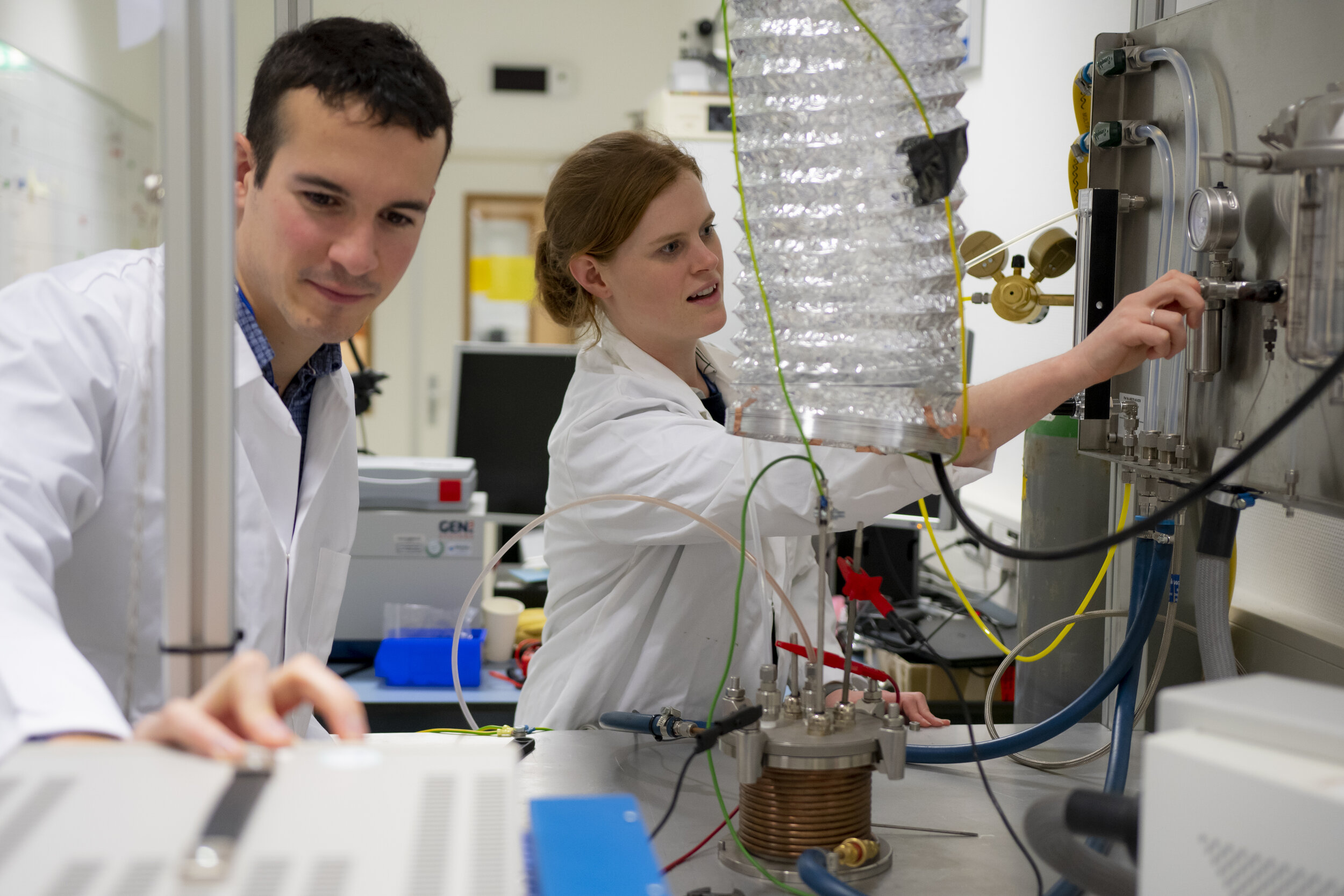PICTURED: A SpaceX Falcon 9 rocket carrying the company’s Crew Dragon spacecraft is launched on NASA’s SpaceX Crew-1 mission to the International Space Station. Photo Credit: NASA. CC 2.0.
MERRITT ISLAND, Florida. Sunday November 15th, 2020. After a 9-year absence, and with the help of a SpaceX Falcon 9 rocket, four astronauts embarked on a 27-hour flight to the International Space Station (ISS).
12 minutes was all it took for the Falcon 9, designed and built by Elon Musk’s SpaceX, the commercial space-fairing company that will provide all short-range rockets and capsules to NASA over the next few years, to reach the point at which the Crew-1 Mission in their Dragon capsule detached and soared into space.
“That was one heck of a ride,” mission commander Mike Hopkins said when the Dragon capsule made it into orbit.
Named for the famous Millenium Falcon from the Star Wars films, the Falcon 9 is the first-ever commercially made rocket system to launch American astronauts into orbit.
The Crew-1 Program is a 180-day mission to conduct research and repairs on the ISS, and it’s the first one for which NASA did not require the aid of the Russian-made Soyuz spacecraft. Astronauts Victor Glover and Shannon Walker, along with the Japanese Aerospace Exploration Agency astronaut (JAXA ) Soichi Noguchi, joined commander Hopkins.
A Falcon 9 test in May launched a Dragon capsule to the ISS to confirm safety and efficacy, as Crew-1 is only the first of three expeditions that will take place through the rest of 2020 and 2021, which they hope will pave the way to further trips to the moon, and eventually, to Mars.
PICTURED: The SpaceX Crew-1 official crew portrait with (from left) NASA astronauts Shannon Walker, Victor Glover, Mike Hopkins, and JAXA (Japan Aerospace Exploration Agency) astronaut Soichi Noguchi.
Back in the saddle
According to National Geographic, the team of Hopkins, Walker, Glover, and Noguchi represent a number of “firsts” in their 180-day voyage.
Mission Pilot Victor Glover is the first black astronaut to have an extended stay on the ISS, and while many records have already been set by women, who are no strangers to space, Mission Engineer Shannon Walker will be the first one to orbit in a commercial spacecraft.
“I expect to be the first of many,” Walker told Nat Geo of her flight. “And I look forward to the day that we don’t have to note such events”.
“It is something to be celebrated once we accomplish it,” former-Navy test pilot Glover added. “I am honored to be in this position”.
Noguchi on the other hand has no records in sight, as he is the most experienced astronaut onboard, having already spent 177 days in the ISS, and on both NASA ships and the Soyuz vessels.
They’ll return on May 2021, when the capsule will parachute into the Atlantic Ocean off the coast of Florida at around the same time when the Crew-2 Mission will be setting off the other way.
With SpaceX’s rockets, NASA has a reliable and state of the art system for use in its missions. The Space Launch System, the latest rocket NASA had been working on to avoid relying on the Russian Soyuz, was plagued by time delays and cost overruns that drove the price up to around $800 million per-launch.
With the help of Falcon 9 that can be launched for just $62 million for a new vessel, it may very well be that NASA would like to make up for lost time, and the hodgepodge of research scheduled for the Crew-1 Mission reflects that.
Again according to Nat Geo, the research includes “looking at how astronauts’ brains and hearts respond to the space environment, growing radishes in orbit, testing a space suit with new insulating technologies, and studying how different diets affect astronaut health”.
WATCH – The 10 seconds before liftoff in HD from NASA’s YouTube page below.




